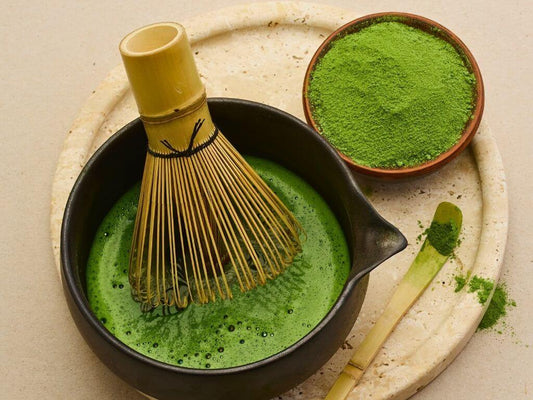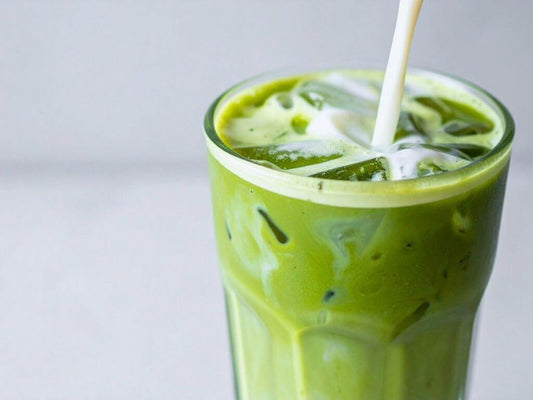Matcha has become a must-have in many cafés. Customers love it for the flavour, the health benefits, and the aesthetic.
But as demand increases, finding a reliable, high-quality matcha supplier isn’t always easy.
In this article, we share practical tips to help you choose the right matcha for your café — from formats and quality levels to the small details that elevate each cup.
What Matcha Format Does Your Café Need?
At NAWO Routines, we only work with 250 g bags in our professional barista range.
Why?
Because this format allows you to:
- Keep your matcha always fresh
- Prepare between 50 and 80 matcha lattes, depending on the dose (3–5 g per drink)
- Avoid opening large bags that quickly lose aroma and colour
It’s practical, efficient and made for real-life café operations.
Three Types of Matcha for Professional Use
We’re direct matcha powder suppliers from Japan, offering three levels of quality to suit different needs and budgets:
1. Organic Barista Matcha: Smooth, balanced and easy to work with. Perfect for matcha lattes made with plant-based milk.
2. Ceremonial Matcha: Deeper flavour and a brighter green colour. Great for high-end recipes and iced drinks.
3. Supreme Organic Ceremonial Matcha: Our top-shelf product. Made from first-harvest leaves with an intense aroma, vibrant emerald colour, and creamy texture.
Barista Tips to Elevate Your Matcha Lattes
It’s not just about the powder. These small details make a big difference in taste and customer experience:
🥄 Make a Paste Before Whisking
Before adding water or milk, mix your matcha powder with a small amount of room-temperature water to create a smooth paste using a bamboo whisk or spoon. This technique:
- Fully dissolves the powder, preventing clumps or residue
- Brings out the umami and aroma of the matcha more effectively
- Improves texture and mouthfeel, making your latte smoother and creamier
- Helps you control the strength of the matcha by adjusting consistency
Once the paste is smooth, you can proceed with the final whisk using hot water or add your preferred milk
💧 Use Good Water
Water quality has a direct impact on the final flavour of your matcha. Minerals, pH levels, and even temperature can all affect how the tea tastes.
To get the best result:
- Use filtered or low-mineral water to avoid bitterness or metallic notes
- Avoid hard water, which can dull the flavour and affect colour and texture
- Ideal water temperature for matcha is between 70 °C and 80 °C, to preserve its natural sweetness and avoid burning the tea
The cleaner and softer the water, the more clearly you'll taste the umami, sweetness and freshness of the matcha.
🥛 Choose the Right Milk
We recommend plant-based milks when preparing matcha:
- Oat milk – creamy, slightly sweet, with a neutral flavour that enhances the umami of matcha
- Soy milk – smooth and light, allowing the matcha’s flavour to shine through
- Almond milk – more intense and slightly roasted; it can sometimes overpower the matcha, especially in delicate blends
Or go for whole cow’s milk, like they do in Japan.
Honestly, I’ve never tasted cow’s milk as good as the one they have in Japan.

Looking for a Reliable Matcha Supplier for Your Café?
At NAWO Routines, we specialise in matcha for baristas and HORECA professionals.
- Direct import from Japan
- Fast shipping across Europe
- Personalised support and wholesale pricing
If you're looking to buy matcha in bulk, request a sample or receive our professional catalogue, get in touch with us.




